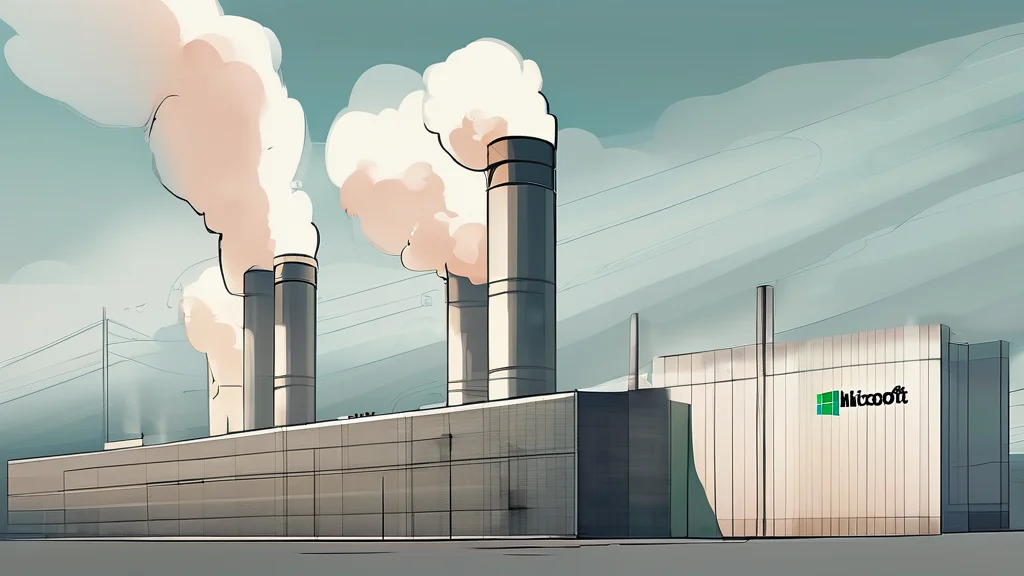Microsoft's Sustainability Struggles: The Carbon-Heavy Economy Challenge
A Deep Dive into Microsoft's Sustainability Report

- Microsoft’s carbon emissions have increased by 23.4% since 2020, mostly due to the construction of data centers for its cloud and AI operations.
- Scope 3 emissions, which are outside a company’s direct control, represent nearly all of Microsoft’s carbon footprint.
- The construction of data centers is the main driver behind Microsoft’s stubborn Scope 3 emissions, due to the carbon-intensive materials used in the buildings.
- Finding green electricity sources for data centers is a challenge, as data centers aren’t always built near abundant clean energy sources.
- Microsoft has to cut its emissions by more than half while also significantly ramping up its carbon-removal efforts to meet its 2030 goal.
This article discusses Microsoft’s recent sustainability report, which highlights the challenges of reducing carbon emissions in a carbon-heavy economy. The report shows that Microsoft’s carbon emissions have increased by 23.4% since 2020, mostly due to the construction of data centers for its cloud and AI operations. The article also explores the difficulties of reducing Scope 3 emissions, which are outside a company’s direct control, and the challenges of finding green electricity sources for data centers.